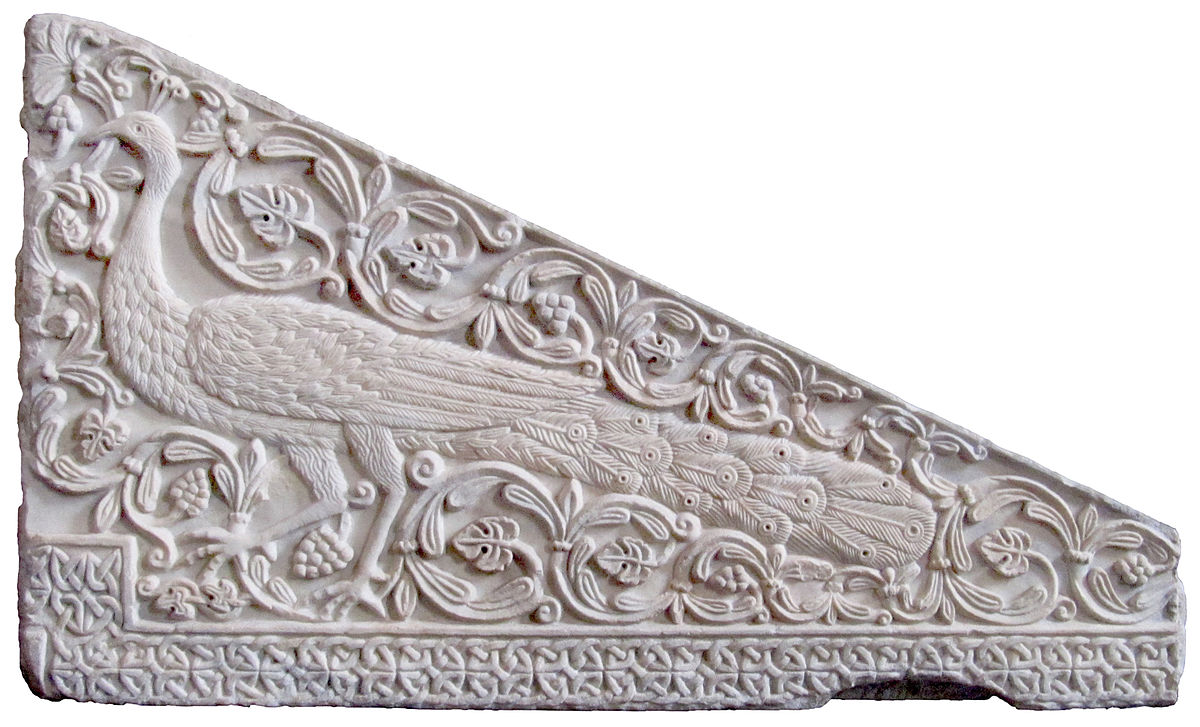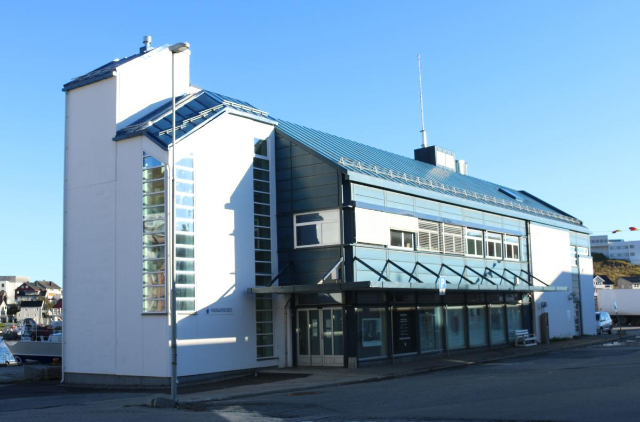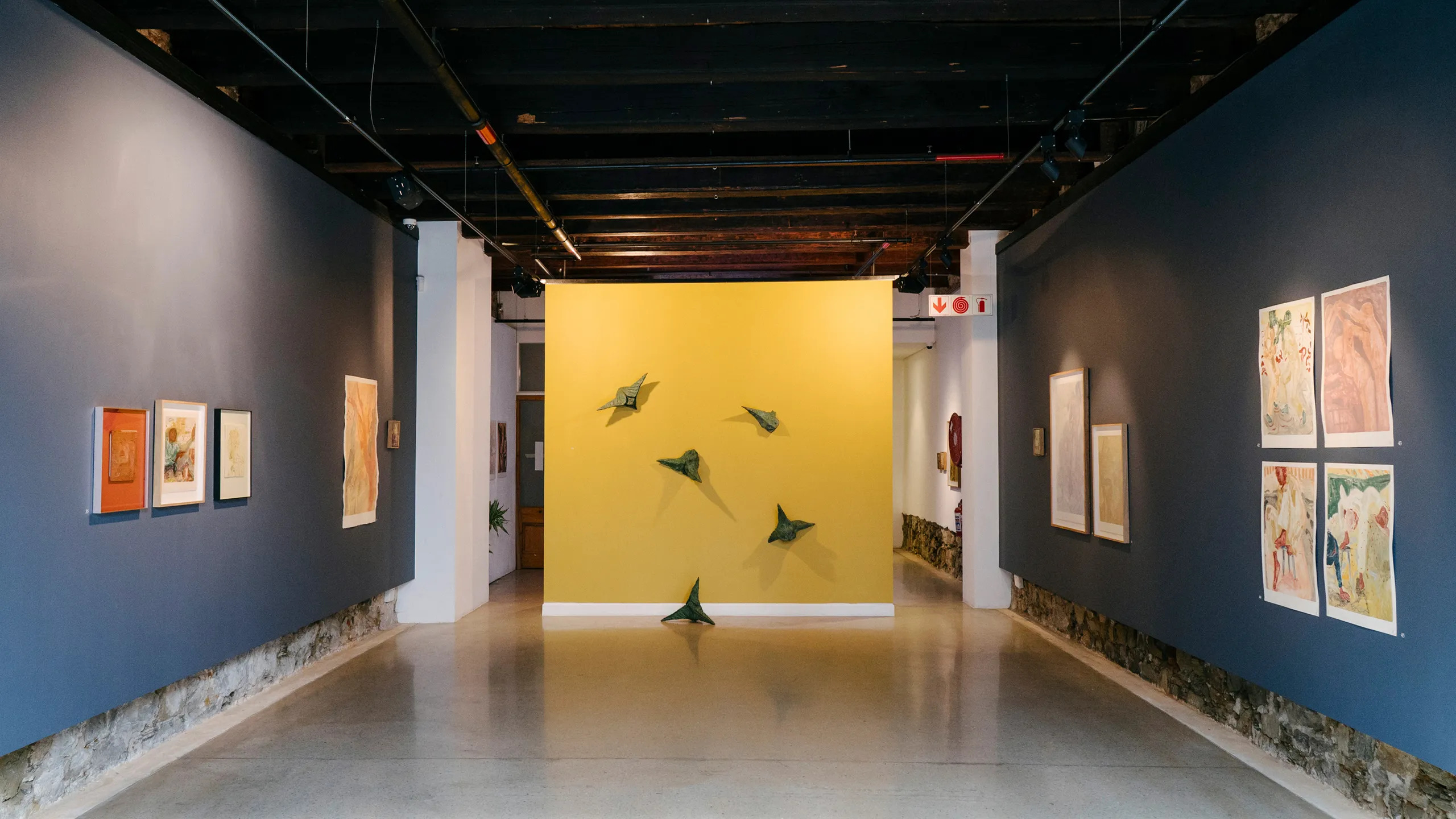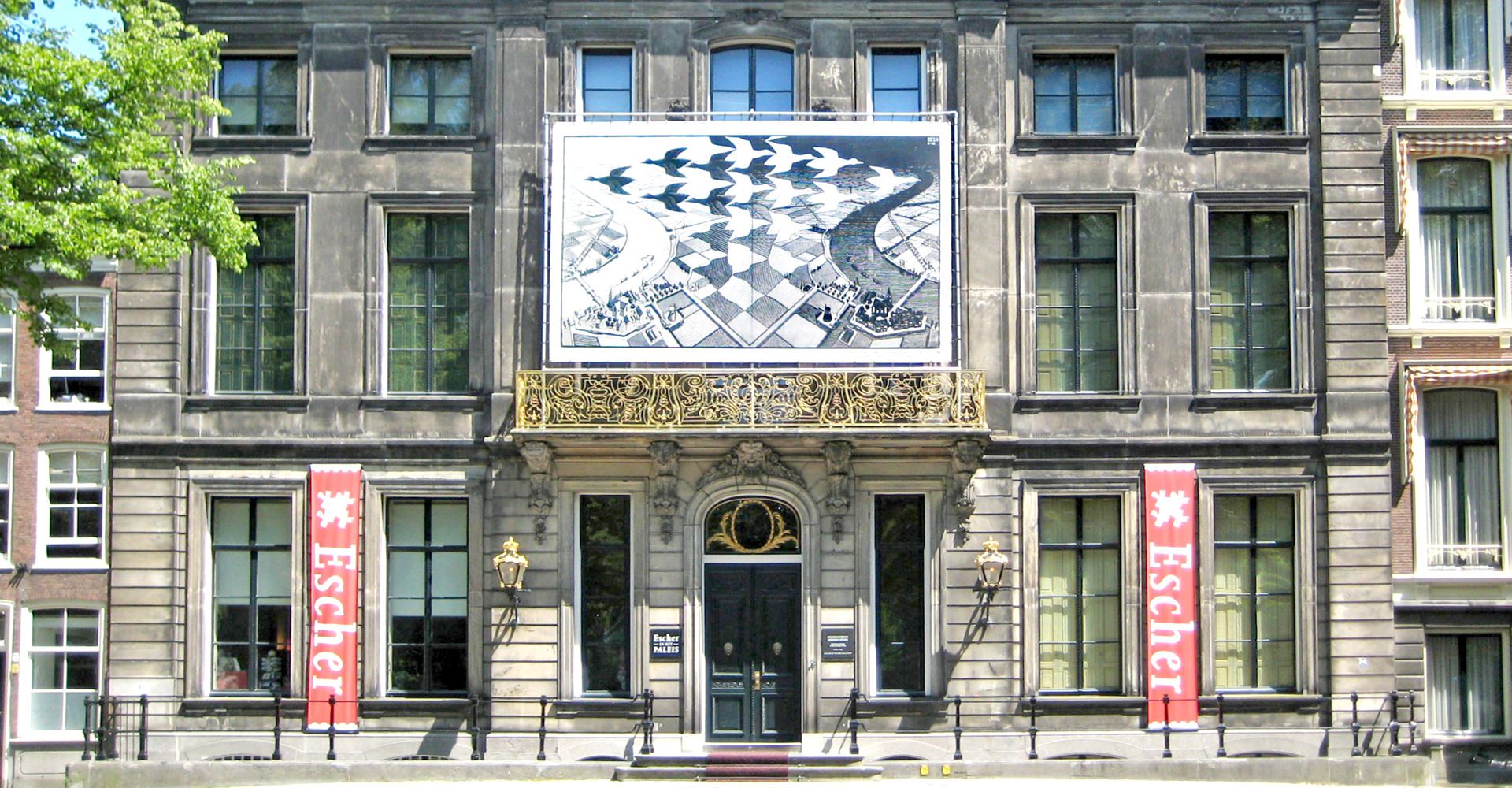Among the rich sculptural furnishings of the Basilica of San Salvatore, symbol of a taste and artistic expertise that in the Lombard age had reached unexpected heights, stand out for refinement and precision two trapezium-shaped slabs in Proconnesian marble, representing two peacocks. While one slab has come down to us intact, the other has only a few fragments.
The aristocratic peacocks, delicate and flexuous, seem to advance in the composition in a forest of vine leaves and shoots with bunches of grapes arranged in spirals, and contained by a sumptuous band of interlaced ribbons, which runs along the underside.
The ornamental and geometric motifs cover the entire surface, creating a dense decorative weave, almost like lace, according to an artistic language recurring in the artefacts of the 8th and 9th centuries.
The peculiarity of the composition lies in the refinement of the overall effect, which makes it one of the most important examples of bas-relief sculpture, in which the influence of motifs inspired by Byzantine art and late-antique naturalism blend with the dominant themes of medieval figurative culture.
The work is rich in symbolic values, according to an iconography recurring in the early Middle Ages and of early Christian origin, which gives the peacock the allegorical meaning of the resurrection and immortality of the soul. The vines that surround them are, on the other hand, traditionally traced back to the symbol of the Passion of Christ.
It is likely that the two slabs were supposed to compose parts of an ambo, placed inside the church, which lent itself to the reading of sacred texts and the recitation of homilies. It is believed that the artefacts adorned the sides of two stairs leading to the pulpit.













